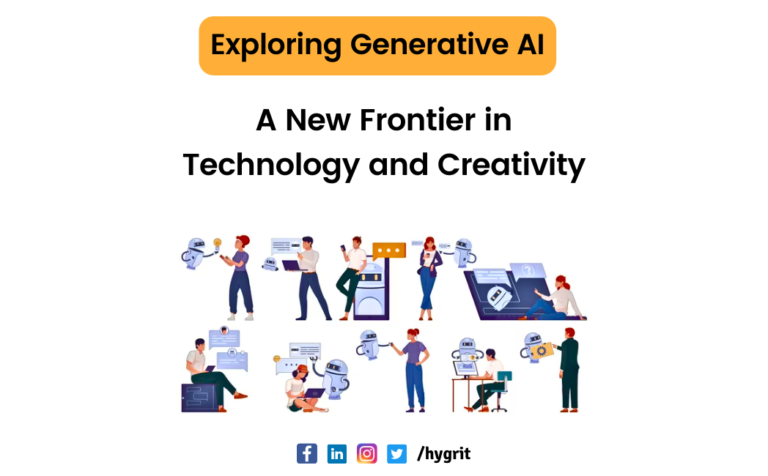In today’s rapidly evolving digital landscape, understanding the unique needs and preferences of younger generations is crucial for businesses to thrive. Gen Z and Generation Alpha, born after 1996 and 2010, respectively, are increasingly becoming the driving force behind consumer trends. To capture their attention and create successful digital products, it is essential to tailor your offerings to their specific characteristics and expectations.
Key Considerations for Digital Products Targeting Gen Z & Generation Alpha:
- Hyper-Personalization: These generations crave personalized experiences. Utilize data analytics and AI to deliver tailored content, recommendations, and features that resonate with individual users.
- Instant Gratification: Gen Z and Alpha are accustomed to instant gratification. Ensure your digital products offer seamless user experiences, quick load times, and intuitive interfaces.
- Visual Appeal: These generations are highly visually oriented. Invest in visually appealing designs, high-quality graphics, and engaging animations to capture their attention.
- Social Proof: Leverage social media and user reviews to build trust and credibility. Encourage user-generated content and foster a sense of community around your digital product.
- Purpose-Driven Experiences: Gen Z and Alpha are more likely to support brands that align with their values and make a positive impact on the world. Incorporate social responsibility and sustainability into your product offerings.
Leveraging Emerging Technologies:
- AI and Machine Learning: Utilize AI and ML to personalize content, improve recommendations, and automate tasks. For example, AI-powered chatbots can provide instant customer support and personalized recommendations.
- Generative AI: Explore the possibilities of generative AI to create unique and engaging content, such as personalized product recommendations or custom-generated artwork.
- Cloud Computing: Leverage cloud-based infrastructure to scale your digital products, improve performance, and reduce costs.
- IoT: Integrate IoT devices to create connected experiences and offer new functionalities. For example, a fitness app could connect with wearable devices to track user data and provide personalized insights.
- AR and VR: Immersive technologies like AR and VR can enhance user engagement and provide unique experiences. Consider incorporating AR or VR elements into your digital products.
- 5G and Edge Computing: Explore the potential of 5G and edge computing to enable real-time interactions and reduce latency, particularly for mobile-first products.
Key Tips for Success:
- Continuous Testing and Iteration: Gather user feedback and iterate on your product to ensure it meets the evolving needs and expectations of your target audience.
- Focus on User Experience: Prioritize a seamless and intuitive user experience. Conduct usability testing to identify areas for improvement.
- Embrace Social Media: Utilize social media platforms to engage with your target audience, build community, and promote your digital product.
- Stay Updated with Trends: Keep up with the latest trends and technologies to ensure your product remains relevant and competitive.
By understanding the unique characteristics of Gen Z and Generation Alpha and leveraging emerging technologies, you can create digital products that resonate with these younger generations and drive long-term success.
Remember: The key to success lies in creating products that not only meet their functional needs but also align with their values and aspirations.




